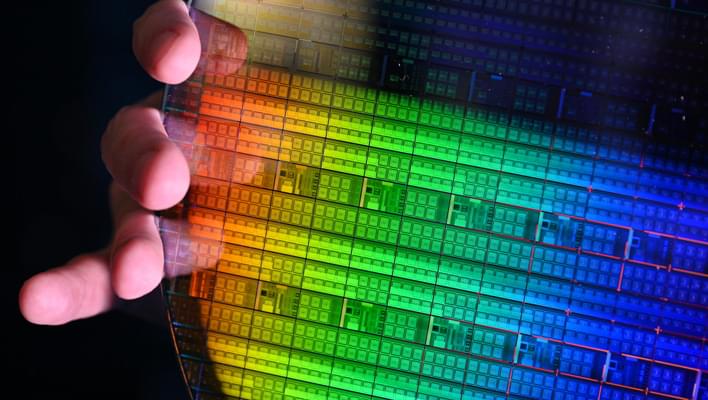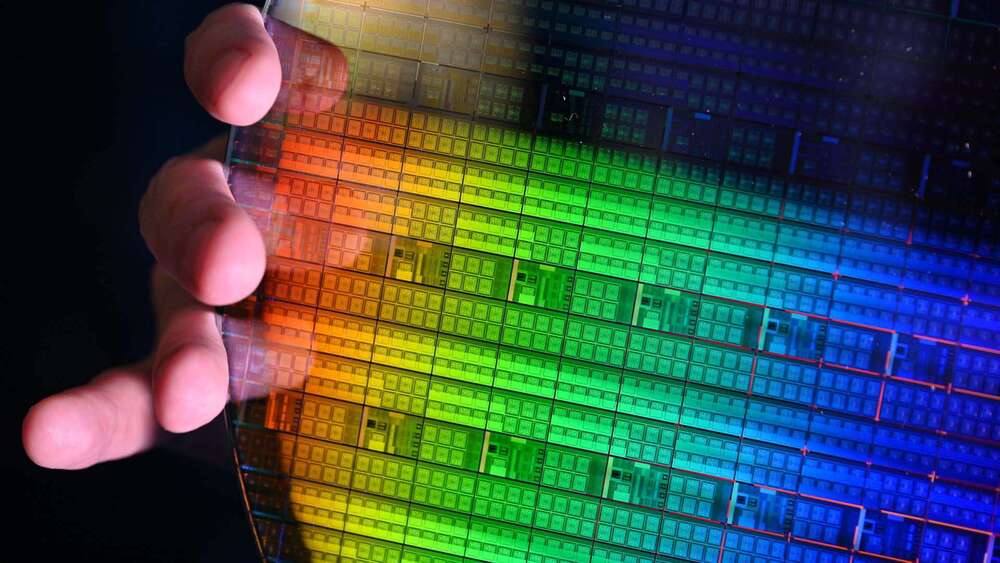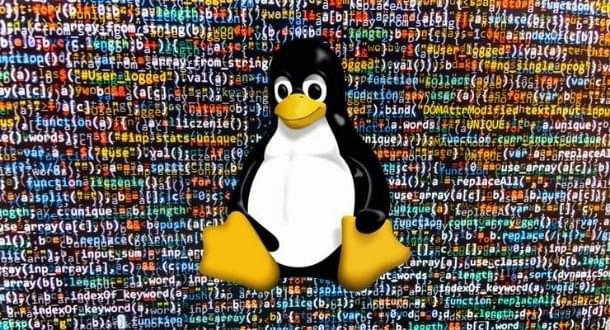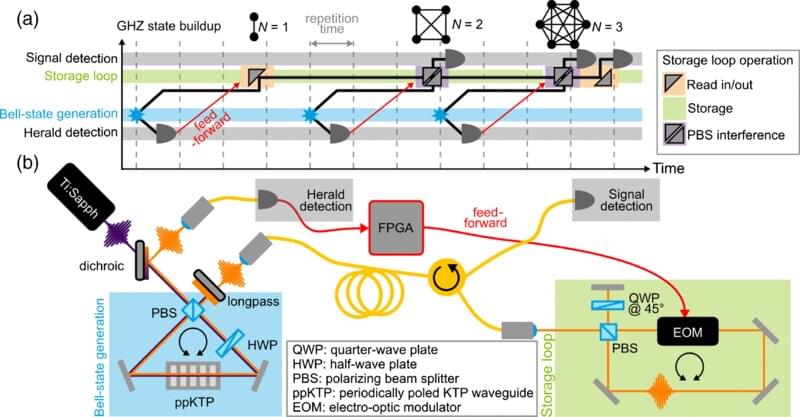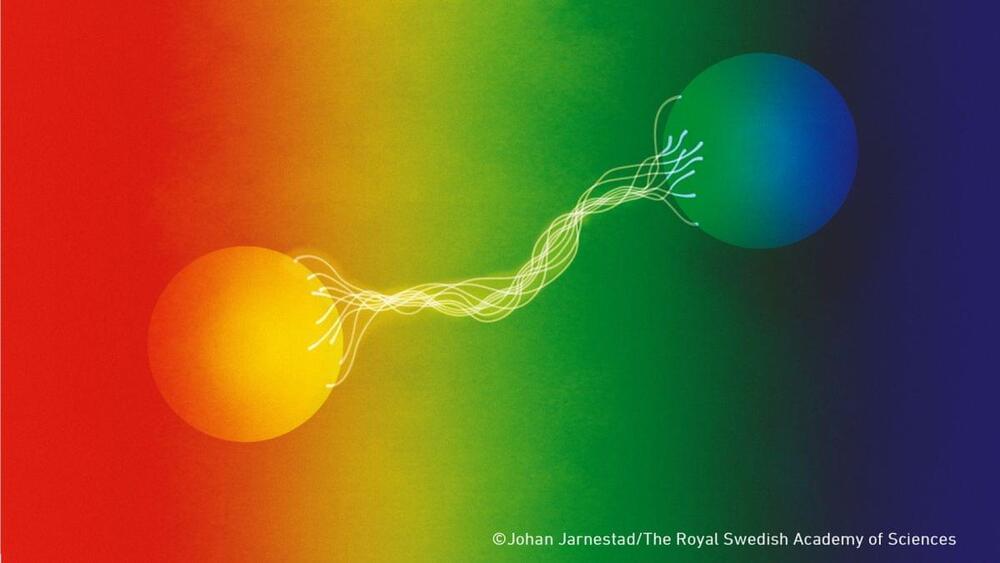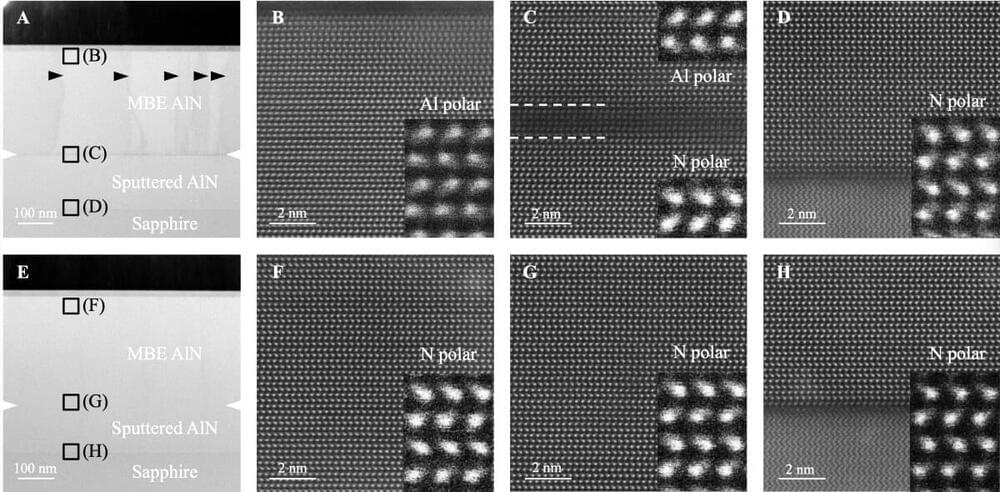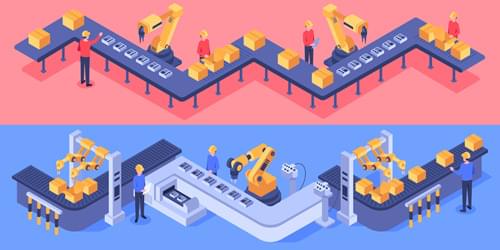
Quantum computing and communication often rely on the entanglement of several photons together. But obtaining these multiphoton states is a bit like playing the lottery, as generating entanglement between photons only succeeds a small fraction of the time. A new experiment shows how to improve one’s odds in this quantum game of chance. The method works like an entanglement assembly line, in which entangled pairs of photons are created in successive order and combined with stored photons.
The traditional method for obtaining multiphoton entanglement requires a large set of photon sources. Each source simultaneously generates an entangled photon pair, and those photons are subsequently interfered with each other. The process is probabilistic in that each step only succeeds in producing pair entanglement, say, once in every 20 tries. The odds become exponentially worse as entanglement of more and more photons is attempted.
Christine Silberhorn from Paderborn University, Germany, and her colleagues have developed a new method that offers a relatively high success rate [1]. They use a single source that generates pairs of polarization-entangled photons in succession. After the first pair is created, one of these photons is stored in an optical loop. When the source creates a new pair (which can take several tries), one of these photons is interfered with the stored photon. If successful, this interference creates a four-photon entangled state. The process can continue—with new pairs being generated and one photon being stored—until the desired multiphoton state is reached.
